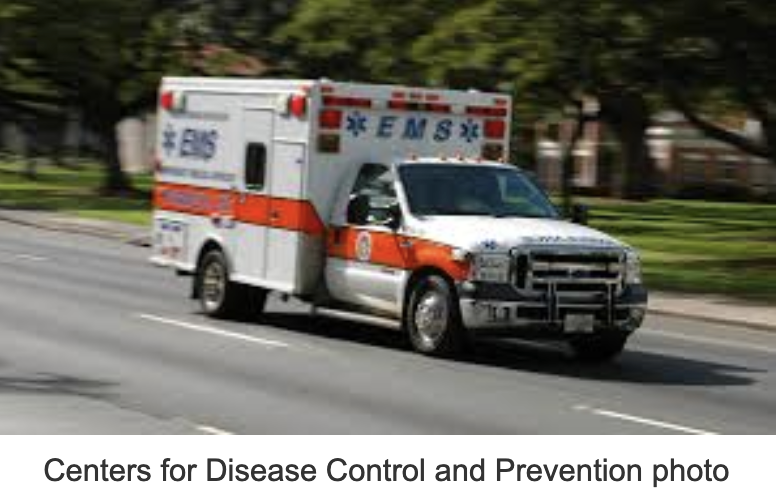EMS staffing shortages are at crisis level, says Kentucky EMS board chair

By Melissa Patrick
Kentucky Health News
Kentucky’s Emergency Medical Services are facing severe staffing shortages, with low pay, “abysmal” reimbursement rates and high turnover identified as the key reasons for the problem.
“We lose more paramedics every year than we gain, unfortunately. . . . We’re hemorrhaging providers, we’re losing more paramedics than we can replace,” Kentucky Board of Emergency Medical Services Chairman John Holder told lawmakers at the July 30 Interim Joint Committee on Health Services.
Holder said Kentucky has an attrition rate of 21%, which means two out of 10 of their emergency medical technicians, commonly known as EMTs, will not return or certify again next year. Further, he said only 40% of their EMTs work with an EMS service.
“That means that less than half of those who are certified are actually going to work on an ambulance and treat members of their community,” he said.
Holder said that even with new rules that allow only one paramedic per service, regardless of the size of the service, some EMS services can’t even manage that level of staffing
“We’re receiving regular calls from EMS services who are saying gentlemen were having to self-report that we cannot meet the staffing requirement as set by regulation, which means they don’t have enough paramedics to staff their ambulances,” Holder said. “It truly is a crisis. I mean, we have services that are going to shut down if we can’t find a solution to this problem.”
EMS staffing challenges have been ongoing, while the need for services increase. According to Holder’s presentation, there were “31,006 more requests for ambulance transport annually than five years previous.”
Another challenge, he said, is poor access to education.
“So especially in our in our rural parts of the state, our providers are having to travel hours, multiple times a week to try to find this education and they’re either unwilling or unable to do it in a lot of cases because they’re needed at home,” he said.
What they need, he said, is increased reimbursement for services in order to increase wages and to secure funding for additional training sites and student scholarships.